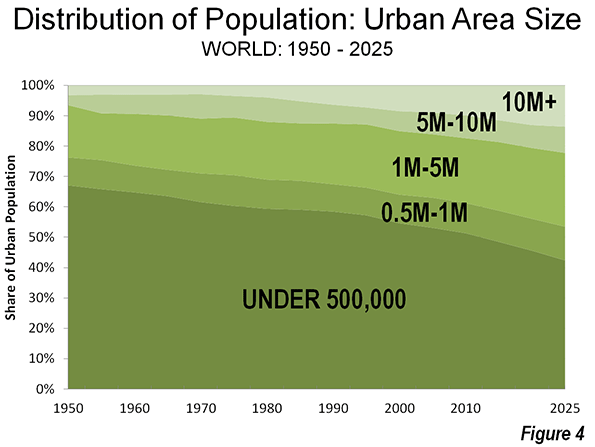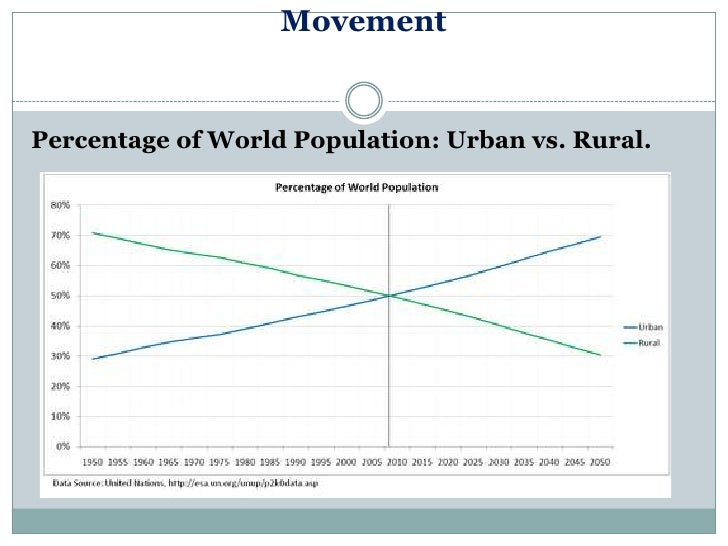I was more making a joke than anything about populations shifting there. The region is kind of the agricultural hub of The United States and as agriculture has become streamlined and industrialized, people have been leaving for urban areas for a number of reasons, mainly jobs and the resources provided by larger communities. Those ghost towns kleinbl00 talks about? A large percentage of them are in The Great Plains. Every now and again, you'll see some kind of weird outlier, like Bismark North Dakota where there's an oil rush at the moment, but for the most part, there's not much going on out there. That said, I've read about proposals for letting the plains turn into even bigger swaths of wilderness than they already are, so the buffalos can roam again and America can regain some of its lost beauty. Don't ask me how that's going though, cause I honestly don't know. Edit: Wikipedia's article on rural flight is a good summary.
We're pumping nitrates into the ground at an amazing rate. I got signs warning me not to eat the catch from the local river. The ones that survive are the ones they plowed the interstate through. Everything else is dead. My grandparents lived on my grandma's family land out near Bouge. I like the people out there, but they won't be coming back. Just like the rail lines. Oasis among the thistles. Some of 'em even have art scenes.The United States and as agriculture has become streamlined and industrialized, people have been leaving for urban areas for a number of reasons
A large percentage of them are in The Great Plains.
see some kind of weird outlier
Wow. When I was talking about restoring the plains, I meant things like buffalo and wolves and such. I've never even heard of such an argument for exotic animals (though I'm pretty sure horses are non-natives brought over by the Europeans). I don't know how I feel about that, because in all fairness, with the exception of maybe Mastadons/Mammoths, they all probably died off of natural causes in North America. Though, I am reminded now about the Elephant Sanctuary in Tennessee, so it's not like it couldn't be done . . . Edit: And bears. America could always use some more bears.Starting with giant tortoises and wild horses, then moving toward lions and elephants, the authors provide a number of case studies for "Pleistocene Rewilding" and argue such introductions would contribute biological, economic, and cultural benefits to North America. The authors acknowledge that there are substantial risks and challenges; the risks of inaction may be even greater, however, including the continued global loss of megafauna.
https://www.scientificamerican.com/article/serengeti-in-the-dakotas/ That's the article I was originally looking for. They argue that pretty much every large predator in North America was wiped out by human migration.
It's a really interesting concept and I can see some of their argument as well as concerns of citizens about such a thing getting out of hand. At the same time though, it sounds more like a fantasy idea instead of a real attempt at sustaining an ecosystem.


